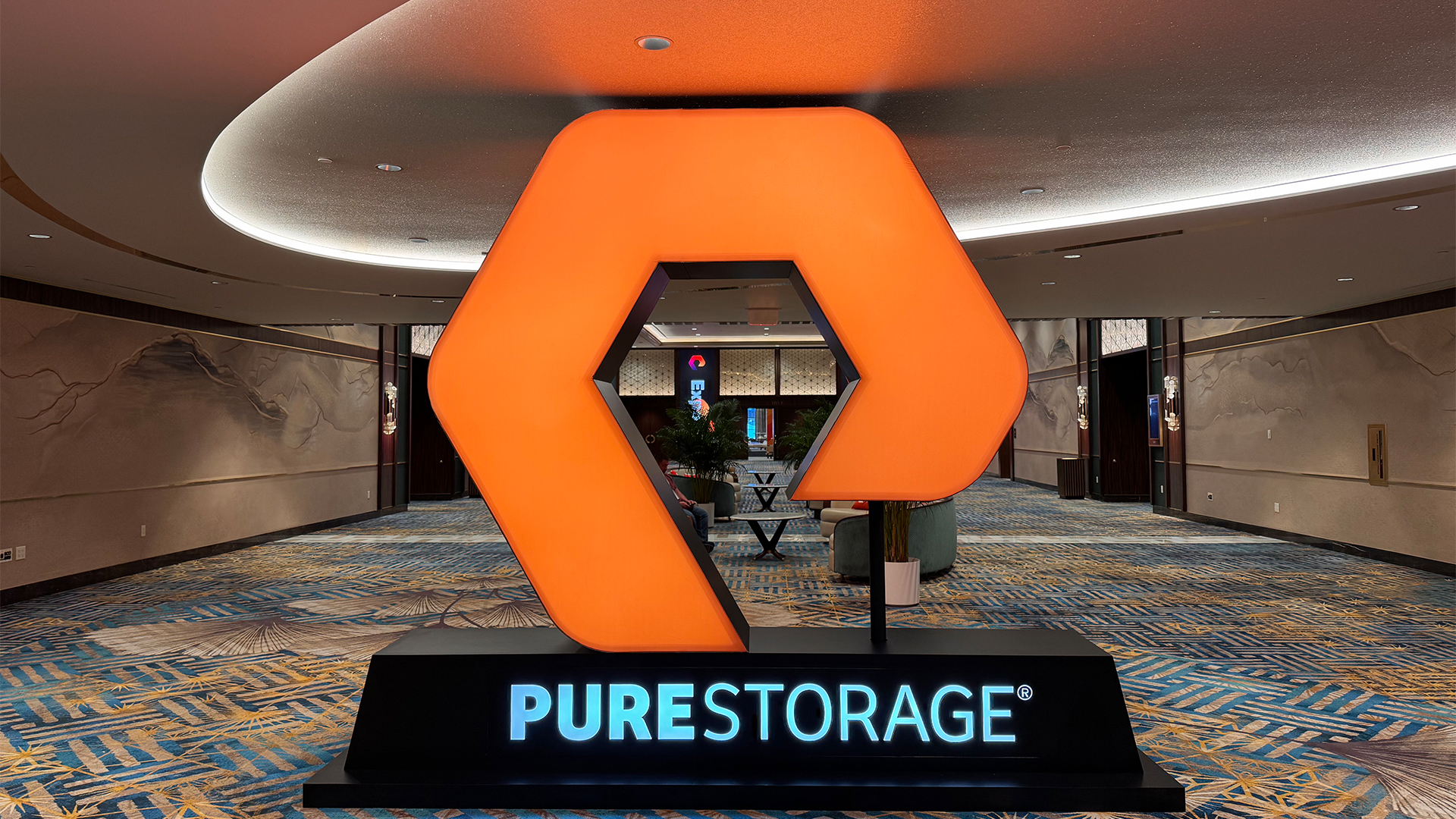2012: Virtualisation goes mainstream
By David Blackman, general manager northern EMEA, Acronis

2012 looks set to be the year that virtualisation will burst from the enterprise bubble and become a mainstream technology, which is great news for the channel.
According to a recent global study of 6,000 IT managers in 18 countries, mainstream businesses adoption of virtualisation will outpace that of the large enterprise for the first time. The research, conducted by Acronis and research house Ponemon, found mainstream growth rate of 21 percent, 50 percent more than the rate identified in a recent Gartner large enterprise report.*
What’s driving this rapid adoption of virtualisation technologies? Virtualisation has been talked about for years but it has nearly always been associated with large enterprises, as they are widely believed to have the most to gain from the technology. Another view is that virtualisation is difficult to implement and maintain because it needs specialist skills and expensive tools, making it a costly proposition to embark on. The truth, however, is virtualisation can work for any business because most of them are facing the same IT challenges as larger enterprises.
With shrinking IT staff and budgets and a do more with less focus, it is becoming increasingly hard for businesses to simultaneously maintain day-to-day business IT operations and invest in new strategic projects that can yield longer-term efficiencies to help the business grow.
Virtualisation is one way resellers can help customers meet this challenge. Our research found the top three drivers for adopting virtualisation are potential cost-savings, scalability and business agility. With the technologies that enable virtualisation becoming more affordable and more accessible to small businesses, innovative and flexible, resellers will have no problem assisting any business in adopting them quickly, and subsequently putting them in prime position to make the most of virtualisation.
The virtualisation advantage
Cost savings are consistently identified as the primary advantage of virtualising servers. The majority of IT managers understand that each virtual machine only uses a portion of the physical machine’s processing, memory and I/O resources, creating a decrease in physical hardware and system cooling, which results in significant cost savings.
Stay up to date with the latest Channel industry news and analysis with our twice-weekly newsletter
But there’s more to virtualisation than cost savings. Companies are beginning to recognise that virtualisation allows them to be more flexible and nimble in response to market changes, whether internally from mergers and acquisitions or externally through legislation or economic slowdowns.
Resellers are capable of giving businesses the competitive edge they need to succeed through technology. In light of this, 2012 looks set to be another busy year for virtualisation with businesses seeking to squeeze the most out of their existing server and storage infrastructure. This is borne out by the finding that a healthy 38 percent of organisations surveyed expect to have more than half of their production servers virtualised in 2012, providing a huge opportunity for the channel.
Don’t fall at the DR hurdle
The planned adoption rate for virtualisation is a welcome sign for resellers, but the survey also found the majority of companies fall short when it comes to protecting the data accumulating on their virtual machines. A third of businesses admitted they do not back up virtual severs as often as their physical ones and almost half only back up virtual machines weekly or monthly.
This practice is putting virtual data at risk and leaving it exposed to potential data loss, an especially worrying situation considering the monetary value of data hosted on virtual severs is almost equal to that on physical servers. There could be a number of reasons why organisations are struggling to get their backup and recovery strategy for virtualised servers right, such as the workload of managing separate backups and confusion over who is responsible for virtual machines.
Nevertheless, its important for resellers to outline that virtual environments are subject to the same variety of risks as traditional servers, i.e. hard drive corruption or failure, software failure and even human error. While many elements of the IT environment are relatively unchanged by virtualisation, backup and recovery of virtual machines is still a major pain point for many.
If businesses decide to move to a virtual environment, it’s critical they understand the same principles apply as to a physical one and they should protect their data correctly with regular back ups and a tried and tested disaster recovery/business continuity strategy. To achieve this, they must be guided towards solutions that offer simplicity, ease-of-use, and minimal training when evaluating the purchase of a disaster recovery solution for their virtual machines.
Making the most of virtualisation
Organisations have an opportunity to manage some of their IT challenges through virtualisation, but some are playing Russian roulette with their virtual backups. If their luck runs out, they will face very real and potentially very messy consequences. For IT managers to maintain the efficiency and cost savings initially created by virtualisation, it’s vital that resellers ensure the costly risk of data loss is avoided.
The Acronis and Ponemon research found that like-for-like confidence in DR has risen 14 percent in the past 12 months. Organisations can keep these levels on the rise by ensuring their virtual environments are fully protected. If they do this, they can make 2012 the year for small to mid-size organisations to innovate, improve their technology and boost their back-ups.
*Gartner’s Virtualisation Research: Virtual Machines Will Slow in the Enterprise, Grow in the Cloud, Thomas J. Bittman and Lydia Leong, 4 March 2011, RA1010182011
ITPro is a global business technology website providing the latest news, analysis, and business insight for IT decision-makers. Whether it's cyber security, cloud computing, IT infrastructure, or business strategy, we aim to equip leaders with the data they need to make informed IT investments.
For regular updates delivered to your inbox and social feeds, be sure to sign up to our daily newsletter and follow on us LinkedIn and Twitter.
-
 Pure Storage’s expanded partner ecosystem helps fuel Q3 growth
Pure Storage’s expanded partner ecosystem helps fuel Q3 growthNews The data storage vendor has announced a 16% year-over-year revenue hike in its latest earnings report, driven by continued channel and product investment
-
 Partners have been ‘critical from day one’ at AWS, and the company’s agentic AI drive means they’re more important than ever
Partners have been ‘critical from day one’ at AWS, and the company’s agentic AI drive means they’re more important than everNews The hyperscaler is leaning on its extensive ties with channel partners and systems integrators to drive AI adoption

